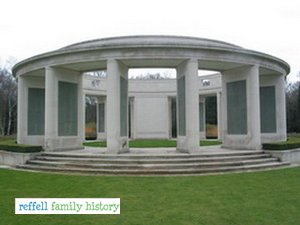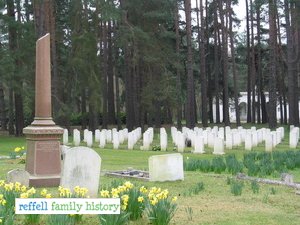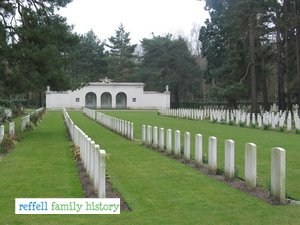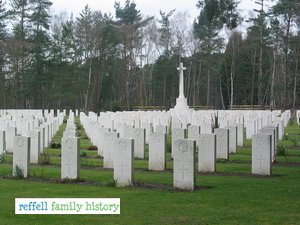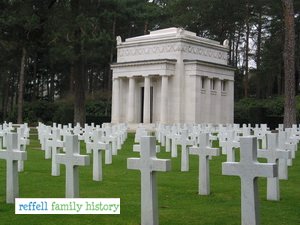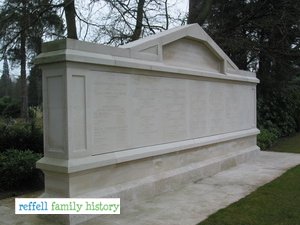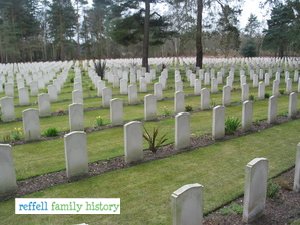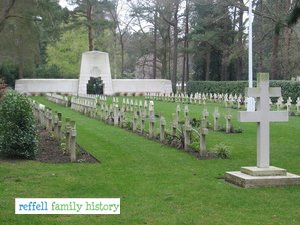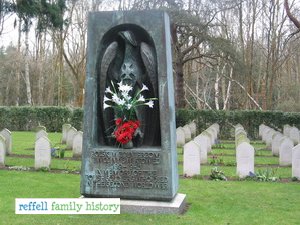The Brookwood Military Cemetery is adjacent to the Brookwood Cemetery, the burial place for much of south London since 1854. Brookwood Military Cemetery is split into sections according to nationality and the war in which the casualty died, all but one of these being maintained by the Commonwealth War Graves Commission. The need for a cemetery for servicemen and women who died in the UK was recognised during 1917 and Brookwood Military Cemetery was established. The men and women buried here came from hospitals in the London area with wounds received on the Western Front, or who died of sickness, or who died in training accidents. The cemetery was subsequently extended for the burial of Second World War casualties. It is unique among all Commonwealth war cemeteries in containing two Stones of Remembrance and two Crosses of Sacrifice.
The Memorial to the Missing (The Rotunda)
The Brookwood Memorial to the Missing (The Rotunda) was designed by Ralph Hobday. It commemorates 3,438 men and women of the Commonwealth land forces who died during the Second World War and have no known grave. They died in raids, at sea or on service outside the main theatres of war. Among those honoured on the memorial are personnel who died during the 1940 campaign in Norway, in raids on occupied Europe such as the Dieppe Raid and as special agents.
The Commonwealth Section
This section contains the graves of all Commonwealth nationalities from both World Wars. The graves are grouped in plots by nationality and the war in which they died. This section also contains a small Second World War German plot. In the centre of the plot is the Stone of Remembrance. The Cross of Sacrifice stands to the north-west. A small plot of British post-war service burials lies just off this section.
The Air Forces Section
The Air forces section contains graves of members of the Royal Air Force who died during the Second World War. Including Americans who served with Eagle Squadron of the Royal Air Force and some Dutch casualties. Nearby is the RAF Shelter Building which was designed by Edward Maufe, the Commission’s principal architect for the United Kingdom after the Second World War. Among the non-Commonwealth sections are the graves of Czechs who served in the Royal Air Force Volunteer Reserve (RAFVR).
The Canadian Section
Members of the Canadian Expeditionary Force were based in the United Kingdom during both world wars. Brookwood Military Cemetery contains 326 First World War and 2,405 Second World War Canadian burials. The vast majority of these burials are in the Canadian section. Maple trees line the avenue to the Cross of Sacrifice and Stone of Remembrance. Near the road are a small number of Polish and British post-war burials. Behind the Cross of Sacrifice is a small plot of Canadian post-war burials.
The American Cemetery
Brookwood American Cemetery and Memorial are owned and maintained by the American Battle Monuments Commission. It is the only American First World War cemetery in the United Kingdom. The headstones are arranged in four groups around a flagpole. The plot contains a chapel and a reception building. The walls within the chapel are inscribed with the names of American service personnel who died at sea and have no known grave.
The UK 1914-1918 Memorial
This memorial was created in 2004 and commemorates two hundred and seventeen Commonwealth casualties who are known to have died in the United Kingdom during the First World War, but for whom no graves could be found.
The Chelsea Pensioners Cemetery
This plot contains the graves of over a thousand Chelsea Pensioners who died while in The Royal Hospital, Chelsea. These graves are maintained by the CWGC on behalf of the Royal Hospital.
Non-Commonwealth Graves
With the exception of the American Cemetery, all graves in Brookwood Military Cemetery are maintained by the Commonwealth War Graves Commission. Included in this are a number of graves from non-commonwealth countries including: French (244 burials), Polish (83 burials), Belgians (47 burials), Italians (346 burials), Germans (53 burials) and Serbs (3 burials).
